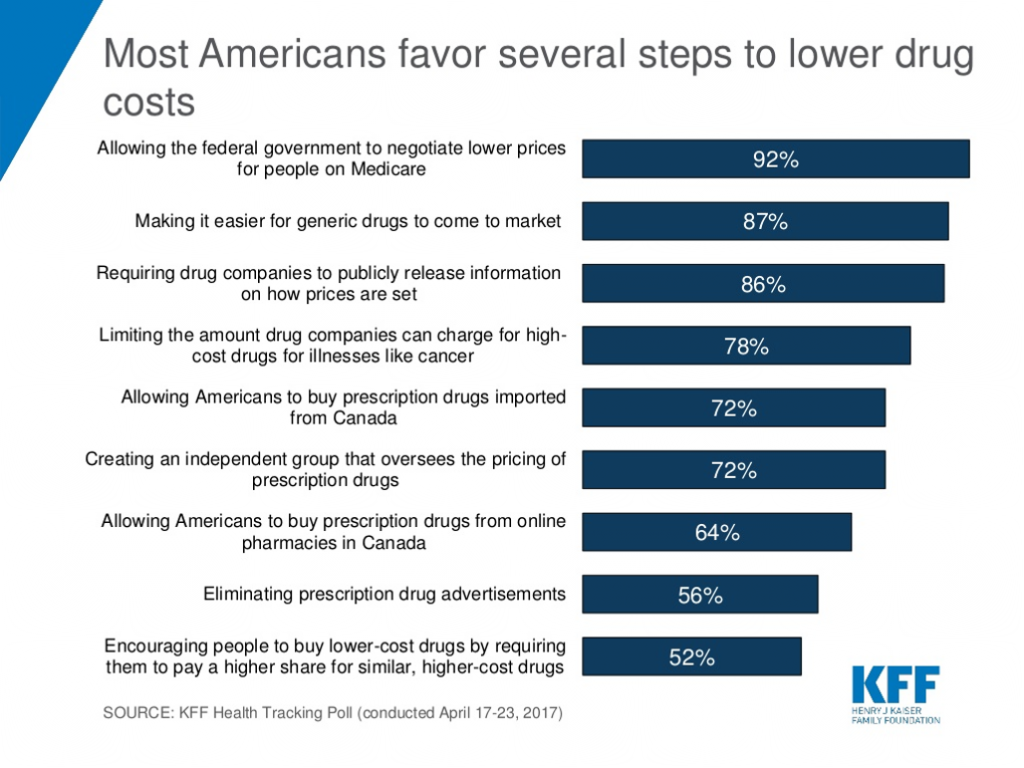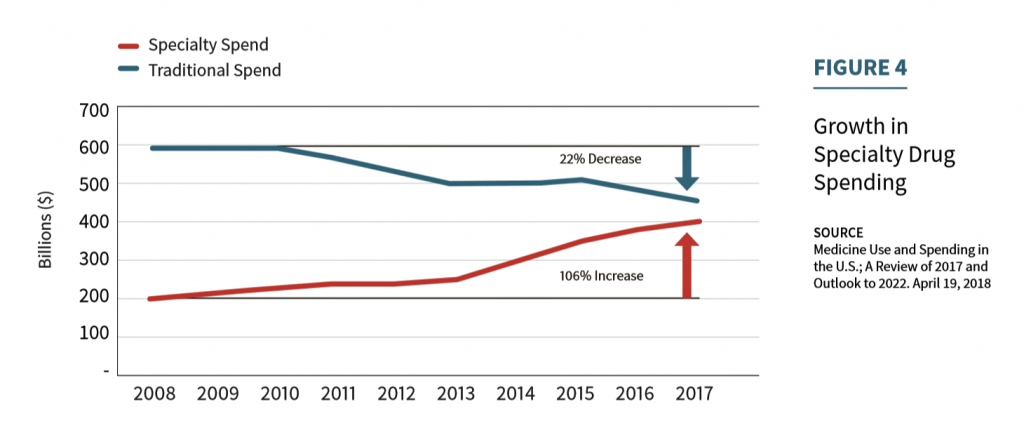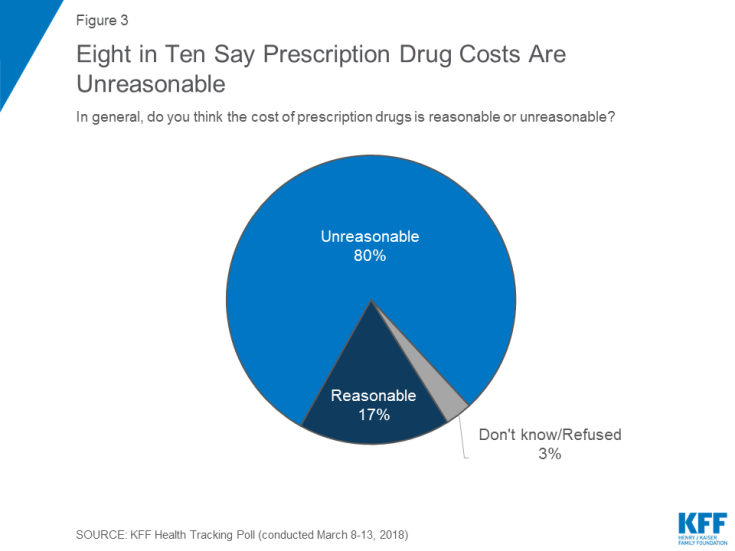
This is what happened to pharma stock prices on Friday after President Trump and Secretary of Health and Human Services Alex Azar outlined their new policies focusing on prescription drug prices.
The graph is the Nasdaq U.S. Smart Pharmaceuticals Index (NQSSPH) from May 11, 2018, the date when POTUS and Secretary Azar made their announcement.
What this upward driving curve indicates, from the start of stock trading in the morning until the ring of the closing bell, is that the pharma industry players, both manufacturers and PBMs, were quite delighted with what they heard.
The blueprint for restructuring the prescription drug industry, is called “American Patients First,” addressing four challenges:
- High list prices for drugs
- Seniors and government programs over-paying for drugs
- High and rising out-of-pocket costs for health consumers
- Foreign governments’ “free-riding” Americans’ investment in innovation.
The blueprint lists about 50 line items for “now” (immediate action) and “later” (to be considered). The 50 ways to reform prescription drug pricing include:
- Increasing competition via promoting innovation and competition and developing proposals to drop Medicaid and ACA programs from raising drug prices in the private market
- Better negotiation through experimenting with value-based purchasing in federal programs and “working across the Administration” to assess the problem of free-riding among other countries
- Incentives for lowering list prices for medicines, such as FDA requiring that drug companies include list prices in ads and bringing more transparency to Medicare drug pricing and generic competition, and
- Lowering out-of-pocket costs for consumers, like prohibiting Part D contracts from preventing pharmacists’ telling patients they could pay lower OOP costs by not using insurance.
Several provisions could also tighten up the pharmacy benefit management business (PBMs), which has been under intense media scrutiny for a while. In early May 2018 (just two weekends ago), Leslie Stahl on 60 Minutes covered a story on Express Scripts which was a scathing report on the company’s approach to saving employers money on pharmacy benefits….or not.
“The stock prices of Express Scripts and CVS, two leading PBMs, also went up, indicating the industry and investors don’t anticipate a major shake-up,” Axios commented. The Wall Street Journal’s judgement was that, “Trump’s Plan to Cut Drug Prices Leaves Industry Relieved.”
Ronny Gal, pharma industry analyst at Sanford Bernstein & Co., is quoted in the WSJ as saying, “They’ve confirmed this administration was and will remain very pro-pharma.”
Investor’s Daily called the speech, “more bark than bite.”
 These prescriptions for lower pharma costs contrast with what most U.S. health consumers/voters want to see, shown in the second graph. Most consumers across party lines believe the Federal government should be allowed to negotiate lower prices for people on Medicare — namely, Part D outpatient prescription drug costs. Based on several years’ worth of polling data, people would want this “sooner” versus “later.”
These prescriptions for lower pharma costs contrast with what most U.S. health consumers/voters want to see, shown in the second graph. Most consumers across party lines believe the Federal government should be allowed to negotiate lower prices for people on Medicare — namely, Part D outpatient prescription drug costs. Based on several years’ worth of polling data, people would want this “sooner” versus “later.”
The “blueprint” for putting American Patients First doesn’t explicitly promote such negotiation in the immediate term, among the 50 policy prescriptions.
Most of these majority-agreed drug cost-policies aren’t part of the fast-track ideas in the blueprint. Many are included in the “future opportunities” list of several dozen “maybe’s.”
Health Populi’s Hot Points: The vast majority of Americans, cross party identification, believe prescription drug costs are “unreasonable,” the Kaiser Family Foundation Health Tracking Poll found in April 2017.
This sentiment continues into 2018, with the advent of EpiPen price spikes, and the growing price curve for specialty drug spending. American Patients First rightly calls out increasingly specialty drug costs, shown in the third graph, versus lower traditional drug spending as more medicines move into generics.

Out-of-pocket spending on prescription drug costs have become a retail-facing household issues for American consumers. For patients facing complex conditions where new-new therapies are coming on to market, a new form of toxicity — financial toxicity — is becoming a more common side effect. As the Trump Administration faces strategic options to help Americans continue to deal with a fairly flat wage profile, facing high-cost specialty drugs and first-dollar costs for high-deductible health plans, people will continue to look to the Federal government for empathy and financial support. Healthcare will be among the top 2018 mid-term election issues, and prescription drug costs rank top-of-mind to healthcare voters.





 I am so grateful to Tom Lawry for asking me to pen the foreword for his book, Health Care Nation,
I am so grateful to Tom Lawry for asking me to pen the foreword for his book, Health Care Nation,  Thanks to Feedspot for naming this blog, Health Populi, as a
Thanks to Feedspot for naming this blog, Health Populi, as a